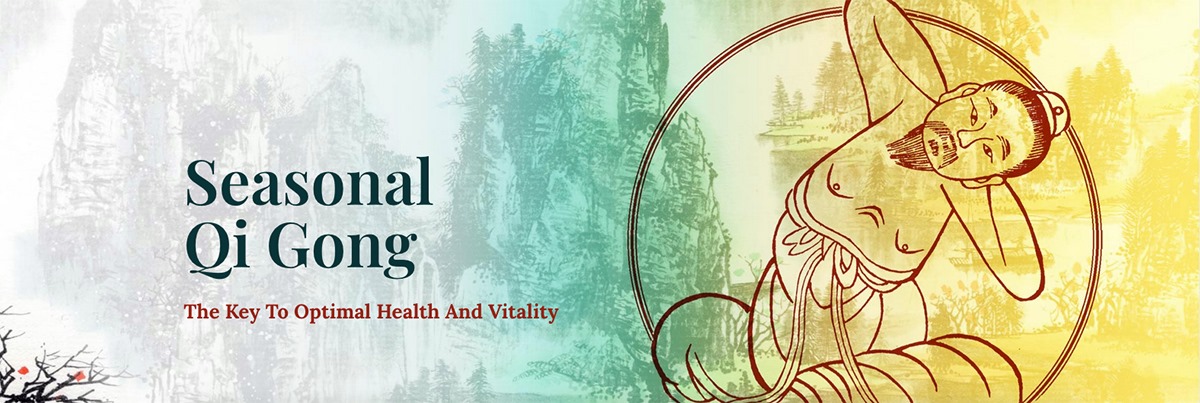

Two of them were hoping to conduct class outside in the park, on the grass, beneath the trees - in the traditional way. A few tai chi students of Master Yao-Wah Chan gathered outside, a bit early for their twice-weekly lesson.

It was a brisk, breezy fall day in Hartsdale, New York.

My latest effort to attain more of the “taste of tai chi,” as Master Chan refers to it, involves doing the form while imagining that I’m submerged in mud. Now, if I could just incorporate more of this into my midweek trips!
#Study bagua online tom bisio drivers#
Try this sometime: Think of tai chi principles while you’re driving somewhere - move more slowly stay soft (physically relaxed) be ready to respond as soon as you sense what the other drivers are trying to do don’t get distracted focus on the process, not on the outcome (i.e., don’t obsess about getting to your destination by a super-specific deadline time). I’m less tense and more apt to let other drivers “cut in.” I tend to put on some classical music during this trip, which further enhances the effect. Part of this, of course, can be attributed to not having to rush to work at this time. class, I noticed again a phenomenon I had picked up on shortly after we started doing a Friday session a few years ago. I always drive more slowly and feel much more calm after leaving class. When it’s complicated, in the beginning you can make yourself crazy.” He recommended building up the stamina by doing the simple walking every day, and increasing the duration of the practice gradually. When I mentioned this to Master Chan, his reply was characteristically polite and wise: “Don’t make it too complicated just do the simple way for now. Ding shi involves walking the circle while holding the upper body in various fixed positions, e.g., one resembles someone holding a spear overhead, another requires one hand reaching up to the sky and the other reaching down toward the ground. I learned a little about “ding shi,” that is, “fixed-posture” baguazhang, from the publications of a well-known baguazhang teacher, Tom Bisio. And both tai chi chuan and baguazhang, when studied and practiced seriously, are powerful martial arts. The founder of the art, Dong Hai Chuan, is thought to have been a highly skilled martial artist who married his vast fighting skill with circle walking methods gleaned from taoist monks. Baguazhang is said to have correspondences with the well-known Chinese classic book, the Yi Jing ( I Ching). Both arts can be practiced as moving meditations. Like tai chi chuan, baguazhang (which, roughly translated, means, “eight diagram palm,”) is many things to many people. With the little bit of bagua walking I had done, my experience was similar to Master Chan’s, though he had done much more of it than I had. He and Jian had also told us about their experience in Vancouver, where the Bodhi meditation group walks the circle outdoors every morning from 5 a.m. Master Chan had commented on his experience with it, saying that when he walked the circle, he felt he had more energy throughout the day.

While walking the circle early one evening during Master Yao-Wah Chan’s advanced small-group class, I mentioned some reading I had done regarding the many health benefits attributed to bagua circle walking.


 0 kommentar(er)
0 kommentar(er)
